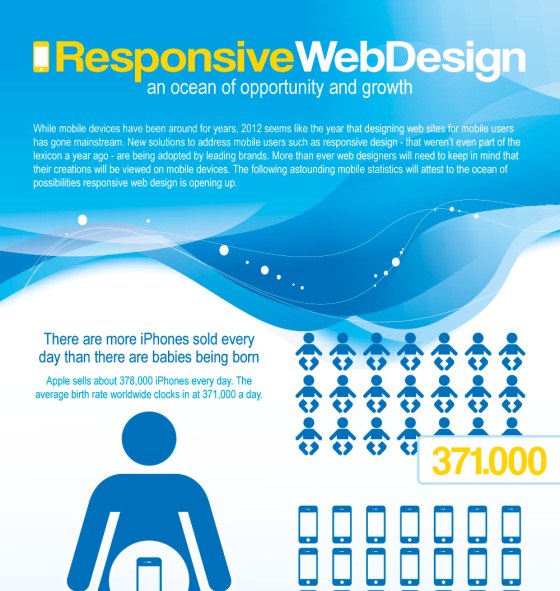The Improvement Of Online Operatings Systems: A Journey Via Time
The Improvement Of Online Operatings Systems: A Journey Via Time
Blog Article
Staff Author-Carstens Vangsgaard
In the past, web sites were basic and concentrated on info. Navigation was straight, and layout was for desktop computers. Currently, customer experience is crucial. Data guides designs for very easy navigating. Receptive formats suit various devices. Today, dark setting minimizes pressure, and minimalist food selections boost navigation. Interactive attributes engage customers, and bold visuals stand out. https://www.digitaljournal.com/pr/amazon-ppc-keyword-management-ecommerce-conversion-service-launched . See how related web site has developed to enhance your online trip.
Early Days of Website Design
In the early days of website design, simplicity preponderated. Sites were fundamental, with limited colors, fonts, and designs. The emphasis was on giving information as opposed to fancy visuals. Individuals accessed the internet via sluggish dial-up links, so rate and capability were vital.
Navigation food selections were straightforward, typically situated on top or side of the page. Websites were designed for computer, as mobile browsing wasn't yet common. Material was king, and designers prioritized easy readability over complicated layout elements.
HTML was the key coding language made use of, and developers had to function within its restrictions. Animations and interactive features were very little contrasted to today's standards. Websites were static, with little dynamic content or individualized customer experiences.
Surge of User-Focused Layout
With the advancement of internet site style, a shift towards user-focused style concepts has become progressively popular. Today, developing websites that prioritize individual experience is crucial for engaging visitors and attaining service objectives. User-focused layout includes understanding the needs, preferences, and behaviors of your target market to tailor the website's format, web content, and features as necessary.
Designers currently conduct comprehensive study, such as individual studies and functionality testing, to collect insights and comments directly from customers. This data-driven approach helps in developing user-friendly navigating, clear calls-to-action, and aesthetically appealing user interfaces that reverberate with site visitors. By positioning the customer at the center of the style process, web sites can deliver an extra tailored and satisfying experience.
Receptive style has actually also emerged as an essential element of user-focused design, ensuring that internet sites are enhanced for various devices and screen dimensions. This versatility boosts ease of access and usability, dealing with the varied ways users interact with internet sites today. Basically, the increase of user-focused design signifies a shift in the direction of producing digital experiences that prioritize the needs and assumptions of the end individual.
Modern Trends in Website Design
Check out the most recent fads shaping web design today. One famous trend is dark setting style, offering a streamlined and modern-day appearance while lowering eye pressure in low-light atmospheres. One more crucial fad is minimalist navigation, simplifying menus and enhancing individual experience by concentrating on essential elements. Including micro-interactions, such as computer animated switches or scrolling effects, can produce a much more interesting and interactive internet site. Responsive layout remains essential, guaranteeing smooth individual experiences throughout different tools. Furthermore, using bold typography and asymmetrical formats can include visual interest and accentuate specific web content.
Incorporating AI modern technology, like chatbots for consumer assistance or individualized suggestions, improves user engagement and improves processes. Ease of access has also come to be a significant pattern, with developers focusing on inclusive design practices to satisfy diverse user needs. Embracing sustainability by enhancing internet site performance for rate and performance is an additional arising pattern in website design. Working together with customer responses and information analytics to iterate and improve layout continuously is essential for staying relevant in the ever-evolving electronic landscape. By accepting these modern trends, you can produce an aesthetically attractive, easy to use site that resonates with your target market.
Final thought
As you reflect on the advancement of site design from the early days to now, you can see how user-focused style has ended up being the driving pressure behind contemporary fads.
Welcome the trip of modification and adjustment in website design, constantly keeping the user experience at the leading edge.
Keep present with the most up to date patterns and modern technologies, and never quit developing your technique to create aesthetically spectacular and user-friendly sites.
Progress, adjust, and create - the future of website design remains in your hands.
